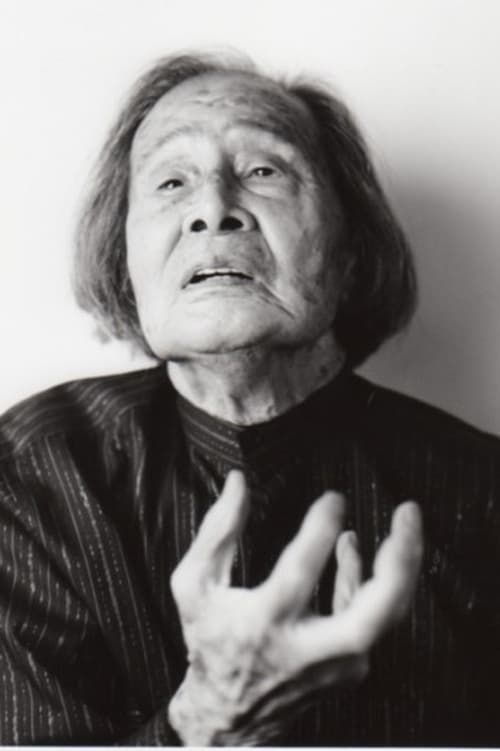Dance of Darkness (1989)
Género : Documental
Tiempo de ejecución : 55M
Director : Edin Velez
Sinopsis
The dark sensibilities and cultural resonances of Butoh, the radical Japanese dance movement, are explored in this multilayered work. Profoundly rooted in both traditional and contemporary Japanese culture, Butoh arose in a spirit of revolt in the early 1960s. Characterized by frank sexuality and bodily distortions, Butoh transforms traditional dance movements into new forms, stripping away the taboos of contemporary Japanese culture to reveal a secret world of darkness and irrationality.

Hirosuke, encerrado en un manicomio, no recuerda más que algunos retazos de su niñez, y tampoco recuerda las circunstancias por las que él, estudiante de medicina, se ha visto recluido en dicho centro. Después de que otro interno intente estrangularle, consigue escapar y, gracias a una chica que trabaja en un circo, deducir que su pueblo natal está en algún lugar de la costa del Mar del Japón. Sin embargo, la chica es asesinada y Hirosuke tomado por el asesino, por lo que debe huir nuevamente.
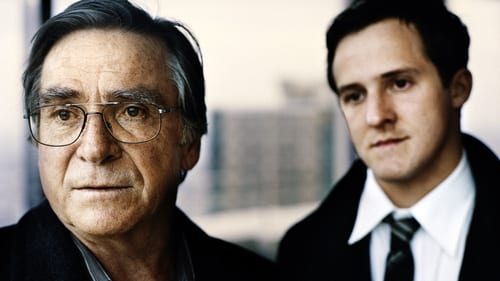
Trudi es la única que sabe que su marido Rudi está gravemente enfermo de cáncer. Siguiendo el consejo de su médico, deciden hacer un último viaje juntos. Trudi convence a su marido y van a visitar a sus hijos y nietos en Berlín. Sin embargo, éstos están demasiados inmersos en sus propias vidas para ocuparse de ellos. Tras ir al teatro a ver un espectáculo de danza Butoh, Trudi y Rudi deciden marcharse y pasar unos días en un hotel en la costa del mar Báltico.

The dark sensibilities and cultural resonances of Butoh, the radical Japanese dance movement, are explored in this multilayered work. Profoundly rooted in both traditional and contemporary Japanese culture, Butoh arose in a spirit of revolt in the early 1960s. Characterized by frank sexuality and bodily distortions, Butoh transforms traditional dance movements into new forms, stripping away the taboos of contemporary Japanese culture to reveal a secret world of darkness and irrationality.

A selection of seemingly unconnected scenes featuring Nick Cave, Blixa Bargeld, Nina Hagen and Lene Lovich. Losely based on Voltaire's satire "Candide".

"Butoh: Body on the Edge of Crisis" is a visually striking film portrait shot on location in Japan with the participation of the major Butoh choreographers and their companies. Although Butoh is often viewed as Japan's equivalent of modern dance, in actuality it has little to do with the rational principles of modernism. Butoh is a theater of improvisation which places the personal experiences of the dancer on center-stage. By reestablishing the ancient Japanese connection of dance, music, and masks, and by recalling the Buddhist death dances of rural Japan, Butoh incorporates much traditional theater. At the same time, it is a movement of resistance against the abandonment of traditional culture to a highly organized consumer-oriented society.

Short film in which butoh dancing is used to reflect on the nuclear bombings of Hiroshima and Nagasaki.

A document of Tatsumi Hijikata's Butoh dance with Kazuo Ohno as the guest dancer shot in Hijikata's early period when he was emerging as the originator of Butoh. All of the male dancers are dressed up with evening suits and move gracefully, yet an intruder breaks up the whole scene abruptly. The film is worth seeing, even if just to see a memorable gay duet of Hijikata and Ohno. Overexposed, washed out images are sandwiched among normal ones.

Peter Sempel's masterful poetic film tribute to butoh performer Kazuo Ohno.

A documentary about legendary butoh dancer Kazuo Ohno.

Ankoku Butoh is a style of avant-garde dance that established itself in the counter culture experimental arts scene of post WWII Japan. The dance form is thought to have been founded by Tatsumi Hijikata, who both created and performed in butoh pieces from the late 1950’s - through the early 1970’s. In butoh, the style of movement is extremely stylized and deliberate, vacillating between slow and sharp, expressing feelings of dread, sexualization, violence, calmness, birth and “creatureness” among other things. This 1973 performance of Summer Storm at Kyoto University was Hijikata’s last public performance before his death in 1986.

A man details his crimes and pleasures within an armchair to an adulterer who sees the people in his life as nothing more than objects.

Anma (The Masseurs) is a representative and historical work by the creator of Butoh dance, Tatsumi Hijikata in his early period in the 1960s. The film is realized not only as a dance document but also as a Cine-Dance, a term made by Iimura, that is meant to be a choreography of film. The filmmaker "performed" with a camera on the stage in front of the audience. With the main performers: Tatsumi Hijikata and Kazuo Ohno, the film has the highlights such as Butohs of a soldier by Hijikata & a mad woman by Ohno. There is a story of the mad woman, first outcast and ignored, at the end joins to the community through her dance. Inserted descriptions of Anma (The Masseurs) are made for the film by the filmmaker, but were not in the original Butoh. The film, the only document taken of the performance, must be seen for the understanding of Hijikata Butoh and the foundation of Butoh.

Jet black, an accumulation of layer after layer of darkness Attracting the light, a fragrant color Something appearing from the interior depths

Película documental realizado con el material grabado durante los últimos ensayos del "rey del pop" Michael Jackson (29 de agosto de 1958-25 junio de 2009), que preparaba su regreso a los escenarios cuando murió por consumo de pastillas, en circustancias todavía no del todo claras. La mayor parte del montaje del film fue rodado en junio de 2009 en el Staples Center de Los Ángeles y The Forum en Inglewood, en California, cuando Michael preparaba su 'This is it', la serie de 50 conciertos que iba a ofrecer en el O2 Arena de Londres. Dirige el documental Kenny Ortega, responsable de los "High School Musical".

¡Han vuelto! En una película con todo el material que no pudieron incluir en la número dos. Te reirás hasta llorar y desencajar tu mandíbula a medida que Johny Knoxville y los chicos te introducen entre bambalinas con Jackass 2.5, hablando de estas increíbles e inéditas acrobacias, bromas y otros actos aleatorios de malicia y estupidez en unas hilarantes entrevistas nuevas. 90 minutos de metraje extra y de contenidos especiales. Jackass 2.5 es tan insólito, sucio y directamente sexy como sus predecesores, pero a unos niveles que no podrían verse en los cines.
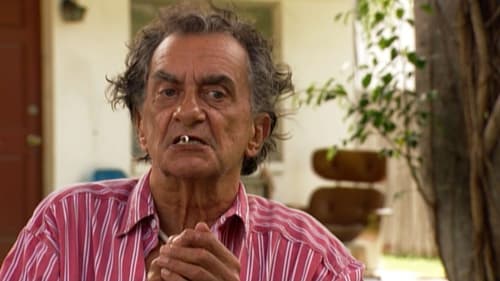
En 1972 se estrenó una película que convulsionó la realidad social estadounidense: Garganta Profunda. Estrenada en el mismo momento en que los movimientos nacionales para la liberación sexual, la igualdad de derechos y los valores contraculturales estaban alcanzando su punto álgido, esta película sexualmente explícita se convirtió inesperadamente en el epicentro de una tormenta social y política sin precedentes. El gobierno de Nixon y el FBI iniciaron una cruzada contra la película y sus creadores. Inside Deep Throat (Dentro de Garganta Profunda) es un documental en el que los directores Randy Barbato y Fenton Bailey nos proponen un viaje a los años 70, a la situación social, cultural y política de los norteamericanos, y al intenso impacto que provocó una película pornográfica, cuyo título llegó incluso a servir de referente al escándalo de Watergate que acabó costando la presidencia a Nixon.
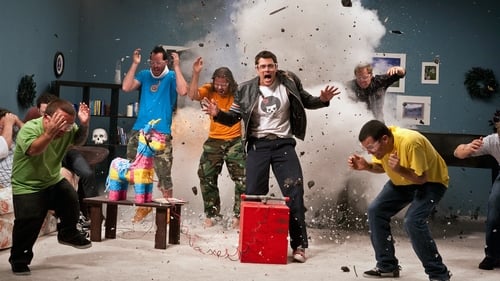
El formato Jackass, donde Johnny Knoxville y sus amigos se someten al peligro de forma voluntaria, se adapta al cine 3D. En su primera semana en USA ha obtenido un enorme éxito de taquilla: nada menos que 50 millones de dólares, la película con mejor entrada del otoño 2010.

Documental de dos horas de duración que repasa la película de "Matrix" (1999) desde su nacimiento como concepto hasta su repercusión social, indagando en la creación del universo, los efectos especiales, el entrenamiento de los actores, etc. El documental se vende por separado y puede encontrarse también en la "Ultimate Matrix Collection".

Johnny Knoxville y el resto del reparto de la serie de televisión "Jackass" realizan las hazañas más escandalosas y divertidas en Japón, donde se disfrazan de pandas y atacan un campo de golf mas intensas que en la TV.
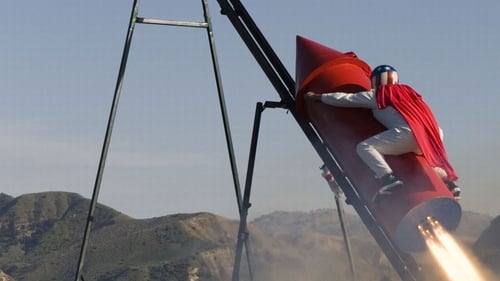
Johnny Knoxville y sus amigos siguen con sus arriesgadas aventuras.


